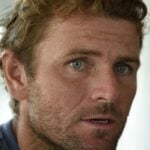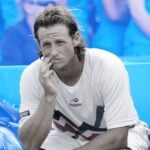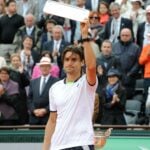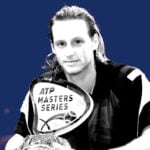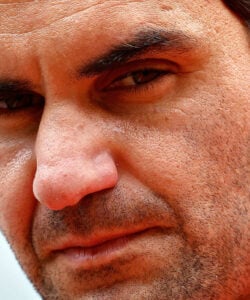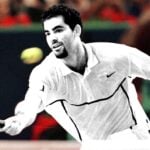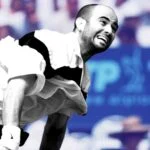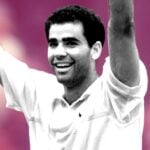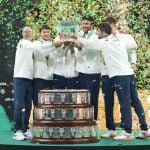March 21, 2008: Mardy Fish wins in Indian Wells despite hole in shoe
Each day, Tennis Majors takes you back in time to an important moment in the sport’s history. On this day, March 21, in 2008, Mardy Fish defeated David Nalbandian at the Indian Wells Masters despite having a hole in his shoe
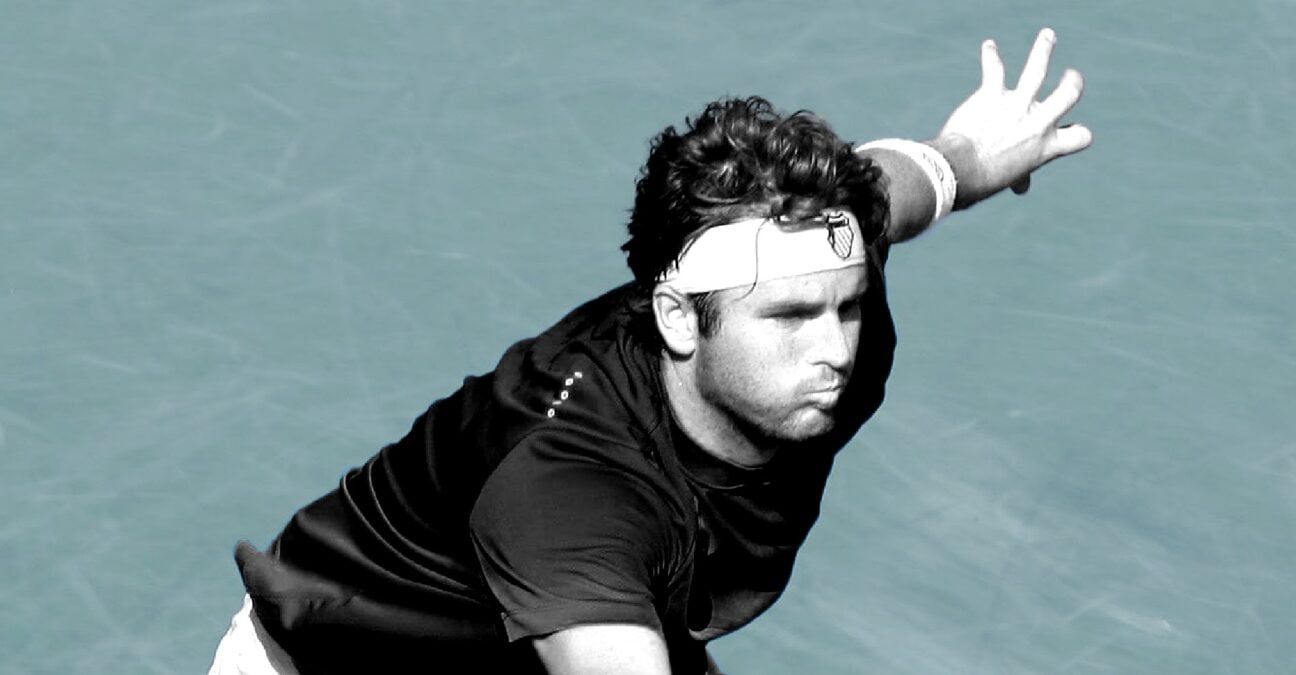 Mardy Fish
Mardy Fish
What happened exactly on that day?
On this day, March 21, 2008, at the BNP Paribas Open in Indian Wells, a red-hot Mardy Fish proved himself to be invincible. Not even a hole in his shoe could prevent him from defeating world No 7 David Nalbandian 6-3, 6-7, 7-6 in the quarter-finals. The American, ranked only No 98 at the time, had already survived a third-set tiebreaker against Lleyton Hewitt in the previous round, and in the semi-finals, he would go on to eliminate world No 1 Roger Federer in straight sets.
The players involved: Mardy Fish and David Nalbandian
- Mardy Fish: the American suffering a slump in form
Mardy Fish was born in 1981. After he turned pro in 2000, the American obtained his breakthrough results on the tour in 2003, claiming his first ATP tour in Stockholm (defeated Robin Soderling 7-5, 3-6, 7-6 in the final) and finishing runner-up to Andy Roddick at the Cincinnati Masters 1000 (4-6, 7-6, 7-6). Thanks to those results, he climbed to No 20 at the end of the season.
In 2004, he obtained one of the most significant results of his career, winning the silver medal in singles at the Olympic Games in Athens (defeated by Nicolas Massu 6-3, 3-6, 2-6, 6-3, 6-4). In 2005, a wrist injury forced him to undergo surgery twice and his ranking dropped down to No 341 in February 2006. Fish quickly climbed back to the top 100 after winning the tournament in Houston as a wildcard ranked No 212 (defeated Jurgen Melzer 3-6, 6-4, 6-3 in the final).
He obtained his best Grand Slam result at the 2007 Australian Open, where he was defeated by Roddick 6-2, 6-2, 6-2 in the quarter-finals. His poor performances in early 2008 had seen his ranking drop to No 98 by March.
- David Nalbandian: The gifted Argentinian
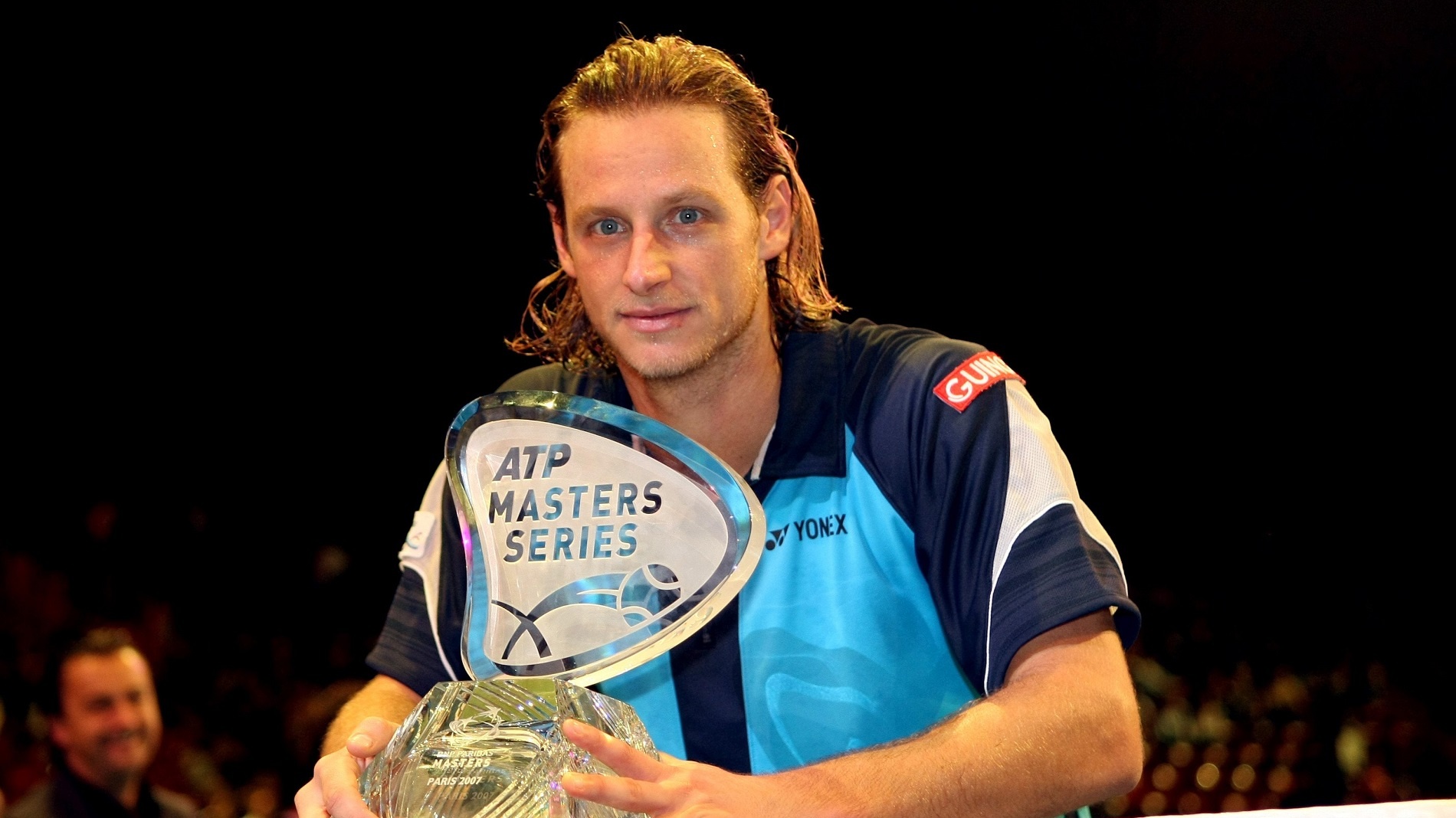
David Nalbandian was born in 1982 and was one of the most gifted players of his generation, displaying a smooth technique and a delightful two-handed backhand. Very successful as a junior, he made himself famous in 2002 when he reached the Wimbledon final at the age of 20 (defeated by Lleyton Hewitt 6-1, 6-3, 6-2).
The following year, he lost to Roddick in the US Open semi-finals (6-7, 3-6, 7-6, 6-1, 6-3), and in 2004, the Argentine made his way to the final four at Roland-Garros (lost to Gaston Gaudio 6-3, 7-6, 6-0). He won the biggest title of his career at the Masters Cup in 2005, defeating Roger Federer 6-7, 6-7, 6-2, 6-1, 7-6 in the final. In 2006, Nalbandian became one of the few players to have at least reached the semi-finals at every Grand Slam after he reached the final four at the Australian Open (defeated by Marcos Badghdatis 3-6, 5-7, 6-3, 6-4, 6-4).
Considered as one of the best players to have never claimed a Grand Slam title, he struggled with injuries for most of 2007. Ranked No 8 at the start of the year, he was only No 25 in October, when he became only the third player in the Open Era to beat the three best players in the world (Nadal, Djokovic, and Federer) consecutively to win the Madrid Masters 1000. A few weeks later in Paris, he beat Federer and Nadal a second time to claim a second consecutive Masters 1000. However, he finished the year as world No 9 and just missed out on qualifying for the Masters Cup.
The place: Indian Wells, California
The history of the Indian Wells tennis event began in 1987, when the La Quinta tournament, under the leadership of Charlie Pasarell, outgrew its premises and had to move into a bigger location but without leaving California. The tournament had already become prestigious in La Quinta, but when it settled down in Indian Wells it became a part of the Grand Prix circuit. Its first edition, known as the Pilot Pen Classic, had seen a great final in which Boris Becker defeated rival Stefan Edberg 6-4, 6-4, 7-5.
In 1993, the tournament became a part of the Super 9 category, which would later become the Masters Series and then the Masters 1000. In 2007, it was one of the most important tournaments outside of the Grand Slams; of its previous champions, nine had reached the world No 1 ranking.
The facts: Fish wins in a third set tiebreaker
At Indian Wells in March, 2008, no one expected Mardy Fish to steal the headlines. The American had been very inconsistent in the last 12 months. As a consequence, after having entered the 2007 Indian Wells as world No 22, he was only ranked No 98 this time around.
In his first two rounds, Fish beat Florian Mayer 7-5, 6-4 and Igor Andreev 6-4, 6-3, but it was in the third round where he stunned the tennis world by sweeping world No 4 Nikolay Davydenko off the court (6-3, 6-2). In the fourth round, Fish survived a third-set tiebreaker against former world No 1 Lleyton Hewitt, then ranked No 24 (7-5, 3-6, 7-6).
In the quarter-finals, most of the experts thought his run would come to an end. He was facing David Nalbandian, ranked No 7. The Argentine, with his great returning ability, had all the weapons to counter Fish’s aggressive game. On top of that, the American had not always been known for his physical conditioning and he had just endured a tough match against Hewitt.
However, Fish proved the experts wrong. Not only was he perfectly fit, but he also proved himself capable of challenging Nalbandian in long rallies from the baseline. The two men played a match that would remain an Indian Wells classic. After they split the first sets, tension peaked in the decider. Fish missed two match points on Nalbandian’s serve at 5-4. The Argentine then broke his serve and served for the match, but he failed to deliver the final strike.
Fish played the final tiebreaker with a hole in his shoe, which extended to his sock, but it didn’t prevent him from taking all the risks to win 7-4, firing one final smash to seal “the greatest win of his career” according to his own words.
What next?
Fish’s greatest win would soon be followed by an even greater one. In the semi-finals, he would convincingly defeat world No 1 Roger Federer 6-3, 6-2 for the first time in six encounters. Fish would finally be defeated by world No 3 Novak Djokovic in the title match, but not without pushing the Serb to a third set (6-2, 5-7, 6-3). Despite his ability to perform at such a high level, Fish, suffering numerous injuries, would only manage to establish himself in the top 10 for about 12 months in 2011-2012 after reaching the quarter-finals at Wimbledon (lost to Rafael Nadal 6-3, 6-3, 5-7, 6-4).
In 2012, Fish was taken to the hospital with severe cardiac arrhythmia and underwent a cardiac catheter ablation. That health condition took an emotional and mental toll on the American and he later announced he suffered from a severe anxiety disorder, which forced him to pull just before his fourth round match against Roger Federer at the 2012 US Open.
After a few sporadic appearances in 2013, Fish announced he would return for the American summer hardcourt stretch and retire after the US Open. He would later take on the role of captain of the U.S. Davis Cup team.
2008 would remain the last season in which David Nalbandian finished in the top 10. Struggling with motivation and not as fit as in his prime, he would never beat a top-three player ever again – nor would he reach the quarter-finals of a Grand Slam tournament. In 2012, he would be defaulted in the final of the Queen’s Club Championships after unfortunately kicking a linesman in a burst of anger. Nalbandian would retire in October 2013.
